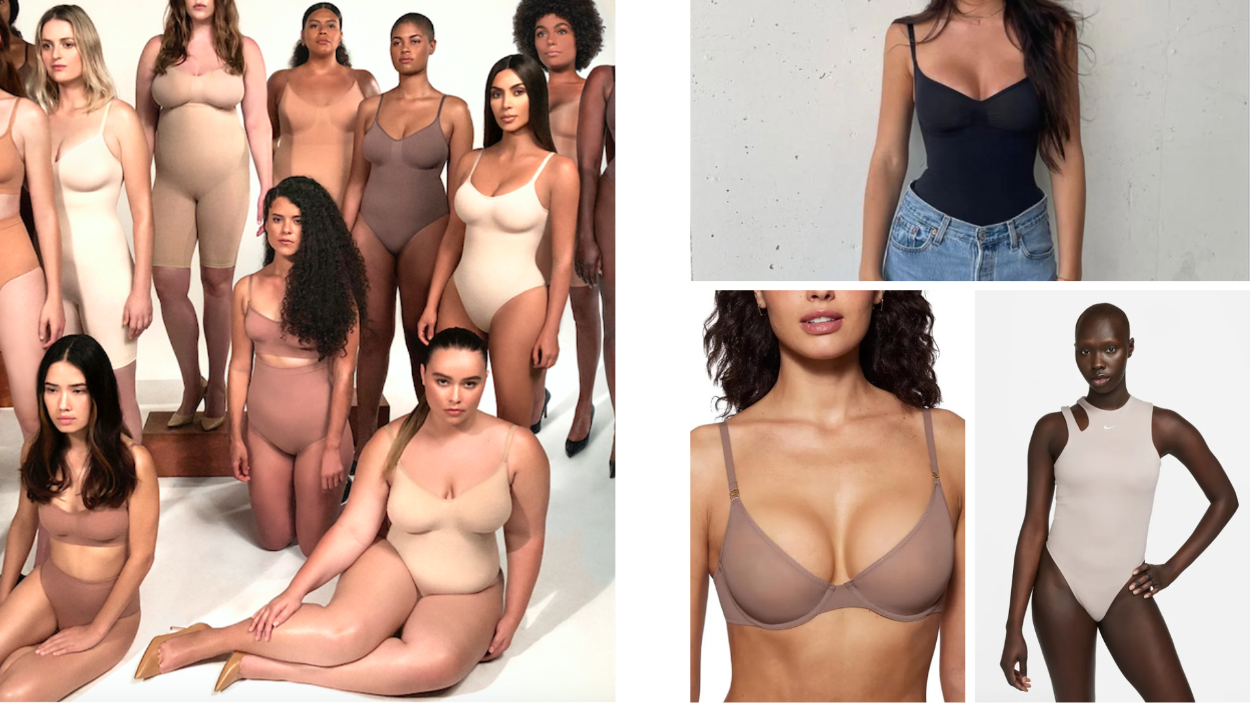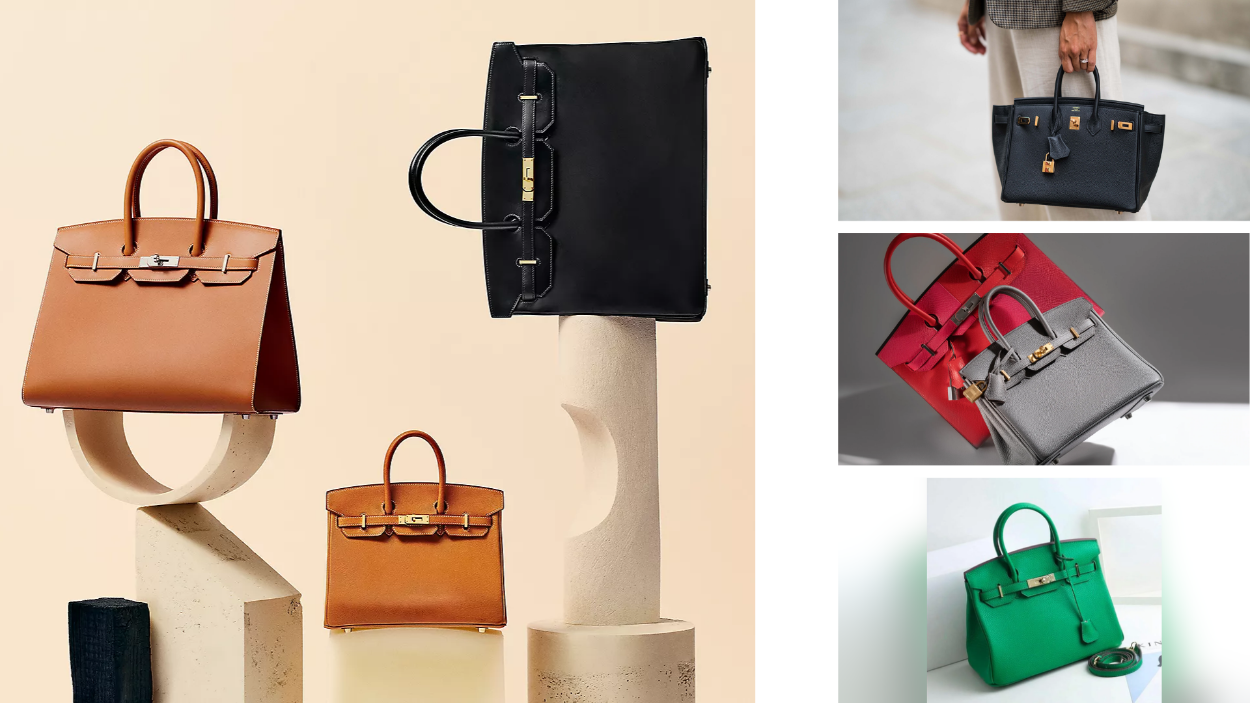Key Takeaways:
- Lululemon’s successful trademark registration for “LULULEMON DUPE” gives the brand the right to act against commercial use of the phrase in paid search, product listings, and affiliate marketing. While it cannot alter organic search results, the filing extends intellectual property protection into the language layer of commerce, where visibility, metadata, and transactions now intersect. The move positions discovery as a new area of brand control rather than a downstream marketing concern.
- The scale of dupe culture has made it a structural feature of online retail rather than a passing trend. On TikTok, #dupe videos have drawn billions of views, and Entrupy’s State of the Fake 2025 lists “dupe” as one of fashion and beauty’s strongest visibility drivers. Marketplace data from Amazon shows “Skims dupe” being searched more often than “Skims” during peak periods, confirming that imitation now travels through the same search and recommendation systems that power legitimate brands.
- Search and social discovery platforms treat repetition as proof of relevance. When enough users connect a brand name to “dupe,” algorithms reinforce the association and surface it more often, turning the word from a niche tag into a category. For brands, this creates visibility without control. Trademarks like Lululemon’s and Aritzia’s are early attempts to manage how language functions inside that system, not to stop people from searching, but to shape how those searches are monetised.
Lululemon has been granted a U.S. trademark for “LULULEMON DUPE”. Trying to analyse what that might mean in a commercial strategy context is one thing, but what it means from a legal perspective is fairly simple. It allows the company to stop others from using that exact phrase to sell clothing, and to optimise search engine strategies around. Context here is everything: what might look like a simple trademark application being granted actually says a huge amount about how the industry thinks about brand and product discovery, and the insights that those brands have into how consumers are finding their products or, conversely, landing on knock-offs.
The word dupe, in general, has travelled a long way. Once a throwaway tag for a good copy interchangeable with fake or counterfeit, it now has a seat at the table of online shopping behaviour. On TikTok, #dupe videos have passed 6 billion views in 2023. While numerous surveys have found that large swathes of shoppers use social platforms as their main route to finding dupes or lookalike products, another 45% use online marketplaces. Entrupy’s State of the Fake 2025 report lists “dupe” among the strongest visibility drivers across fashion and beauty – influencing not just the sale of counterfeit or counterfeit-adjacent products, but also benefitting, in a very roundabout way, the brand whose products are getting greater exposure from ersatz versions.

And the same pattern is visible in traditional search, as well as on social channels: type a brand name into google and dupe often appears. We tested this ourselves by typing “birkin bag” into google, and seven suggestions down there it was: “birkin bag dupe”. This seems to count even more so when the items or brands are enjoying moments of virality or are evergreen, hyper-rare, or even invite-only items like the elusive Birkin. To remind ourselves of the scale at work here: during November last year (peak holiday value-hunting season) Amazon search data showed “Skims dupe” being typed more often than “Skims” itself.
There are other factors also at play propelling the popularity of dupe culture forward, namely the current economy. Luxury has had a difficult time of late. Growth has slowed across most major markets, and sales have been flat for more than twelve months. With “consumer stress” in the United States at a five-year high watermark, the broader economic climate has pushed shoppers to think differently about value.
But the dupe trend is not limited to those cutting back, and different definitions of “value” manifest themselves in the inciting factors for people seeking out clones. A report from Cashew Research published last week found that 71 percent of shoppers believe luxury brands are too exclusive or overpriced. That in and of itself isn’t all that surprising to hear, it’s a sentiment that’s been echoed for years amongst those without the disposable income to splurge on a designer handbag. What is surprising is that the report revealed that 38 percent of dupe buyers earn more than $100,000 a year. That overlap suggests something beyond frugality. Perhaps buying dupes has indeed become a way of expressing scepticism toward luxury pricing itself, with some analysts likening the increased popularity of it to a “movement”.
Or perhaps it’s simply a form of participation in a wider trend. Finding an alternative that looks and performs like the original is now seen as a small victory. Social platforms amplify that feeling, rewarding the act of discovery as much as the product. This is, after all, how SHEIN really hit its stride and scale: the cheap, high-volume “haul” being promoted on social channels.

Whether the entire thing is a movement or a trend is still playing out, but while it does, the thing that makes this more complicated still, is that dupes also occupy their own peculiar brand of legal space. While a counterfeit copies a logo, and replicas reproduce a design closely enough to appear like a duplicate, a dupe simply looks, smells, or performs in a similar fashion to the original product, or even a hypothetical product that a brand might someday produce. Dupes, to borrow some Gen Z parlance, are as much about “vibes” as they are about better-value rip-offs.
(Editor’s note – the team rejected my headline for this analysis, “Dupes Are Weird,” but I stand by it.)
The key to that distinction is that the resemblance isn’t always aiming to deceive. Unlike a street hawker selling you a pair of “Gucci” shades, purveyors of online dupes don’t have to maintain the pretence – and the lexicon they use, as well as the products they’re shifting, reflect a very strange and evolving frontier that keeps most dupe commerce within the law and largely outside enforcement, as well as making it part of an amorphous sort of counterculture. Marketplaces can remove counterfeits, but they can’t do the same for something that merely resembles something.
Search engines and recommendation systems make the same distinction. Relevance, engagement, and other soft metrics seem to rank higher than authenticity.
Discovery platforms reward formats that can be easily recognised and repeated. When enough users link a brand name to the word “dupe”, algorithms interpret that pairing as intent and surface it more often. Each click or search reinforces the link, feeding the next recommendation cycle. The result isn’t deliberate amplification, but a by-product of optimisation. Lululemon’s trademark appears to operate within that very strange structure. The company can’t stop creators from posting #LululemonDupe videos (those fall under the aegis of free expression, at least for now) but the registration does allow the brand to act against commercial use of the phrase, product listings, paid search ads, or affiliate pages that monetise “Lululemon Dupe.” Under trademark law, those count as use in commerce. As a direct consequence, the company can file takedowns with marketplaces or ad networks, and challenge competitors that use the term to drive traffic, as well as, we assume, rerouting that traffic for itself, and capturing insights to feed into future product creation.

If it works, and if Lululemon manages to make even a small dent in the impact of dupes on its own sales, it’s a fair bet they won’t be the last to try. In fact, they already have company, even if that application flew under the radar a little more. In March 2025, fellow Canadian womenswear label Aritzia filed for its own “ARITZIA DUPE” trademark.
The logic behind it is straightforward. Both brands sit in the same price tier and have become regular fixtures in “dupe” lists and comparison videos – Aritzia for its bodysuits, Lululemon for its leggings. Their names have essentially become shorthand for the category.
Registering the phrase offers a way to manage that pattern. It doesn’t affect organic search, but it gives brands grounds to act against commercial use, namely paid listings, affiliate marketing, and ad copy that monetise the pairing. They recognise that discovery itself has become part of brand governance. What began as a linguistic trend is now part of the infrastructure of retail visibility.Commentary around the filings, including from IP lawyers quoted in Canadian and U.S. media, has framed them as an acknowledgment of how digital language now informs discovery. Hashtags, captions, and search terms decide what surfaces in feeds and search results, and a single word can redirect visibility and sales. In that sense, language has become part of how brands protect themselves, and also a new means for understanding how people are talking about them – and then rolling those insights back into their next assortments.
